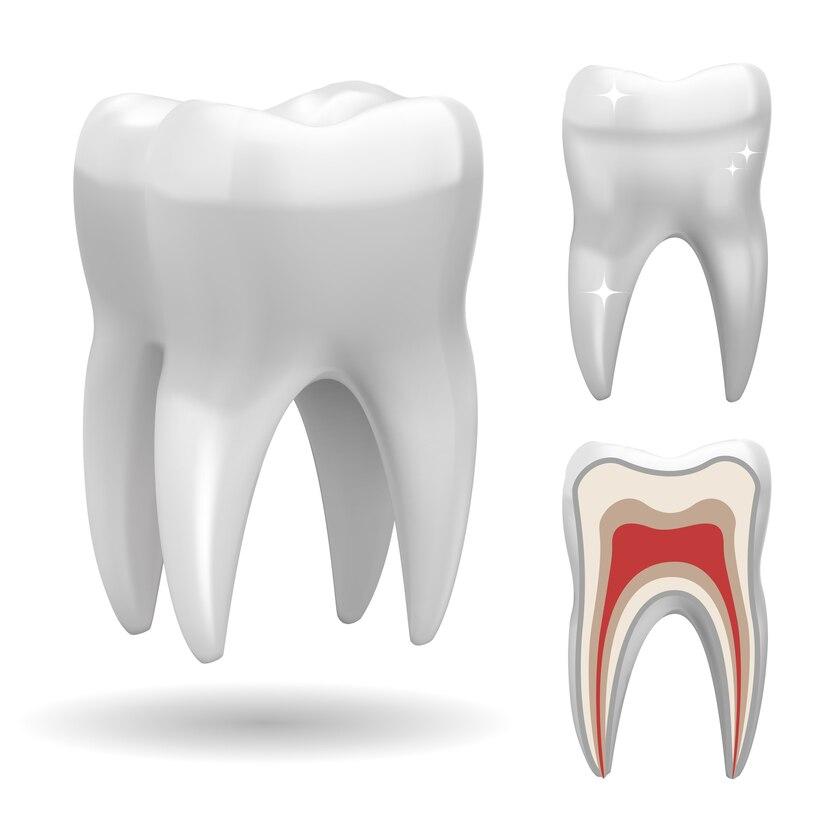Tooth Regeneration Market: Emerging Trends and Challenges in Restoring Damaged Teeth with Regenerative Medicine

Tooth regeneration, a promising and cutting-edge area within regenerative medicine, has garnered significant attention in the healthcare and dental sectors. The aim is to restore damaged or lost teeth through biological processes, as opposed to traditional dental methods like implants, bridges, or dentures. This breakthrough in dental care is poised to revolutionize the way tooth loss and damage are treated, offering a more natural, less invasive solution. The tooth regeneration market is experiencing rapid growth, driven by advancements in stem cell research, tissue engineering, and gene therapy.
Market Drivers
Several factors are contributing to the growth of the tooth regeneration market. Firstly, the increasing global prevalence of dental diseases and tooth loss due to aging, poor oral hygiene, and lifestyle choices has heightened the demand for innovative dental treatments. According to the World Health Organization (WHO), oral diseases affect nearly 3.5 billion people worldwide, with tooth decay being the most prevalent. This has created a significant need for more effective and permanent solutions for tooth regeneration.
Secondly, advancements in stem cell technology and bioengineering are accelerating research and development in the field of regenerative dentistry. Stem cells have the unique ability to differentiate into various types of cells, including those required to form tooth structures. Researchers are exploring the potential of stem cells from dental pulp, periodontal ligament, and other tissues to stimulate the regrowth of lost teeth. Additionally, the development of scaffolds and biomaterials that can support the regeneration of tooth structures is making these treatments more viable.
Thirdly, the growing awareness and interest in personalized medicine and minimally invasive treatments are further driving the demand for tooth regeneration. Patients are increasingly seeking treatments that offer natural restoration of their teeth, avoiding the discomfort, potential complications, and high cost of traditional dental procedures.
Technological Advancements
The tooth regeneration market is primarily driven by several technological advancements, particularly in the fields of tissue engineering, gene therapy, and stem cell biology. Researchers are developing methods to stimulate the body’s own regenerative potential, particularly focusing on the use of stem cells to regenerate dental tissues. One approach involves isolating stem cells from the patient’s own body, such as from the pulp of a healthy tooth, and using them to regenerate the tooth structure.
Gene therapy is also playing a significant role in the regeneration of teeth. By manipulating the genetic makeup of stem cells, scientists are exploring ways to enhance the regenerative capabilities of these cells. This technology may enable more precise control over the development of teeth and the ability to create specific types of dental tissues.
Moreover, advances in 3D printing and bioprinting are making it possible to fabricate custom scaffolds that can support tooth regeneration. These scaffolds are designed to mimic the structure of natural teeth, creating a suitable environment for stem cells to grow and differentiate into functional tooth structures. This technology allows for the precise positioning of cells and biomaterials, improving the chances of successful tooth regeneration.
Challenges in the Tooth Regeneration Market
Despite the promising developments, the tooth regeneration market faces several challenges. One of the main hurdles is the complexity of tooth regeneration. Teeth are composed of different tissues, such as enamel, dentin, and pulp, each with distinct properties and functions. Regenerating all these tissues in a single, functional tooth remains a significant challenge for researchers.
Another challenge is the risk of rejection or complications when using stem cells, particularly when the cells are sourced from donors rather than the patient’s own body. Although using autologous stem cells (cells from the patient’s own body) reduces the risk of rejection, the process of isolating, expanding, and differentiating these cells can be time-consuming and expensive.
Regulatory issues also play a significant role in the tooth regeneration market. Many countries have strict guidelines and approval processes for stem cell-based therapies and treatments, which can delay the commercial availability of new products and treatments. Additionally, ethical concerns related to the use of stem cells, particularly embryonic stem cells, may hinder the development of certain regenerative therapies.
Market Segmentation
The tooth regeneration market can be segmented based on various factors, including technology, application, and region.
By Technology: The market can be divided into stem cell-based therapies, gene therapy, and tissue engineering. Among these, stem cell-based therapies are expected to dominate the market due to their ability to regenerate complex tooth tissues. However, gene therapy and tissue engineering technologies are expected to grow rapidly as researchers continue to explore ways to optimize tooth regeneration.
By Application: The tooth regeneration market can be segmented into restorative dentistry, implant dentistry, and orthodontics. Restorative dentistry is expected to hold the largest share of the market, as the demand for tooth regeneration is primarily driven by individuals seeking permanent solutions to replace damaged or missing teeth.
By Region: The market can be analyzed based on key geographical regions, including North America, Europe, Asia Pacific, and Latin America. North America and Europe are currently leading the market due to their advanced healthcare infrastructure, high levels of research and development, and increasing acceptance of regenerative medicine. However, the Asia Pacific region is expected to experience the highest growth rate in the coming years, driven by a large population base, increasing disposable incomes, and expanding healthcare facilities.
Conclusion
The tooth regeneration market is poised for substantial growth, driven by advancements in stem cell research, gene therapy, and tissue engineering. Despite the challenges in developing fully functional regenerated teeth, ongoing technological progress holds great promise for the future of dental care. With the increasing global demand for permanent, natural tooth restoration solutions, tooth regeneration technologies are expected to revolutionize the dental industry in the years to come.
- Art
- Causes
- Crafts
- Dance
- Drinks
- Film
- Fitness
- Food
- Jogos
- Gardening
- Health
- Início
- Literature
- Music
- Networking
- Outro
- Party
- Religion
- Shopping
- Sports
- Theater
- Wellness


